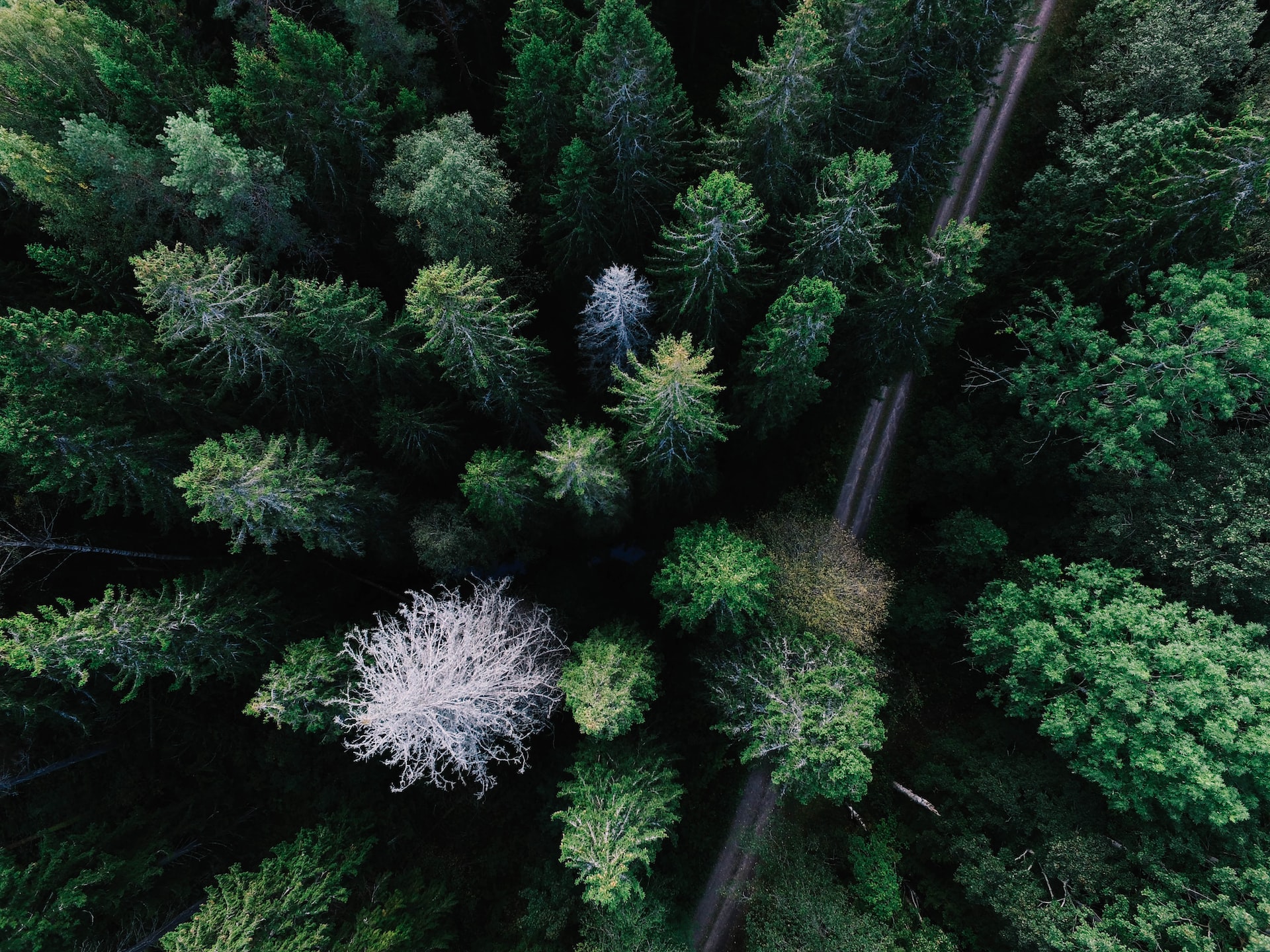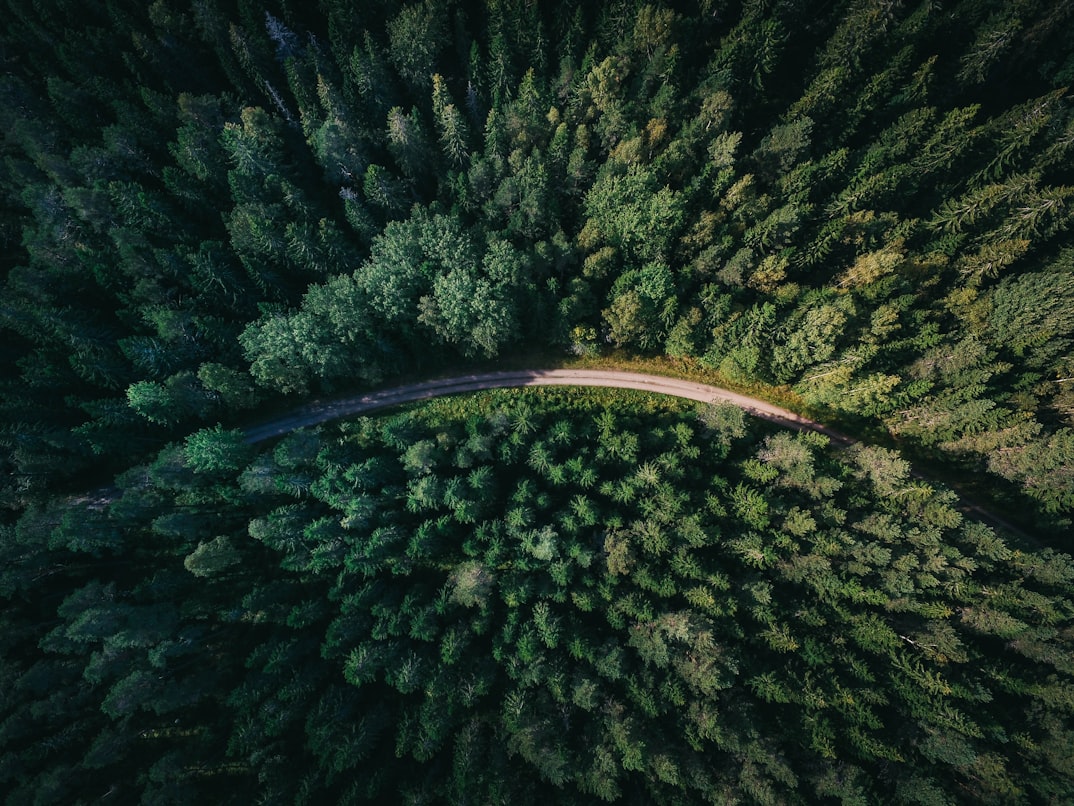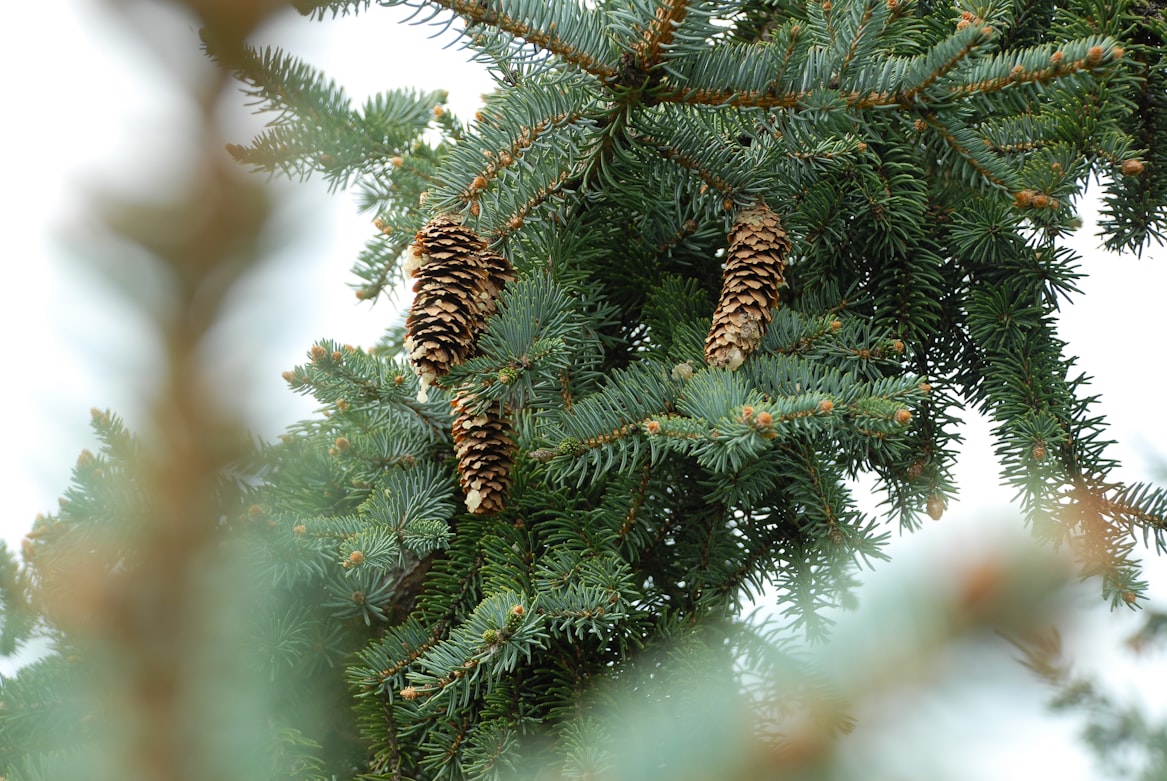Facts and Trivia about Conifer Trees: An In-Depth Look

Conifer trees, also known as evergreens, are a group of trees known for their needle-like leaves, cones, and ability to survive in a variety of climates and conditions. They are found all over the world and are an important part of many ecosystems.
In this article, we will explore the fascinating facts, trivia, and interesting things about conifer trees.
Types of Conifer Trees
There are over 600 species of conifer trees, including popular types such as pine, spruce, fir, and cedar. Each species has its own unique characteristics and can be found in different parts of the world. For example, pine trees are found in North America, Europe, and Asia, while spruce trees are found primarily in the Northern Hemisphere.
Conifer Tree Life Span
Conifer trees can live for hundreds of years. Some species, such as the bristlecone pine, can live for over 4,800 years.
Conifer Tree Uses
Conifer trees have many uses, including providing timber for construction, paper production, and firewood. They are also used in landscaping, as Christmas trees, and as a source of resin and turpentine.
Conifer Tree Needle-like Leaves
Conifer trees have needle-like leaves that are adapted to survive in cold and dry conditions. These leaves are often covered in a waxy coating that helps to retain moisture and protect the tree from cold temperatures.
Conifer Tree Cones
Conifer trees produce cones instead of flowers. These cones contain the tree’s seeds and are adapted to disperse the seeds in different ways, such as by wind or animals.
Conifer Trees and Climate
Conifer trees are adapted to survive in a variety of climates, from the Arctic tundra to the hot and dry deserts. Some species, such as the Joshua tree, can even survive in extreme temperatures.
Conifer Trees and Ecosystems
Conifer trees are an important part of many ecosystems. They provide a habitat for a variety of wildlife, including birds, mammals, and insects. They also help to stabilize soil and prevent erosion.
Conifer Trees and Human History
Conifer trees have played an important role in human history. They have been used for construction, paper production, and firewood for thousands of years. They also played a role in many cultures and religions.
Conifer Trees and Climate Change
Conifer trees are facing increasing threats from climate change. Changes in temperature and precipitation patterns can make it difficult for conifer trees to survive, and invasive pests and diseases are also a concern.
Conifer Tree Conservation
Conservation of conifer trees is important for maintaining biodiversity and for the many benefits they provide to humans and natural communities. Efforts such as reforestation, protecting natural habitats, and controlling invasive species can help to conserve conifer trees.
And, finally, to conclude.
Conifer trees, also known as evergreens, are a group of trees known for their needle-like leaves, cones, and ability to survive in a variety of climates and conditions. They are an important part of many ecosystems and have played a vital role in human history. By understanding the fascinating facts, trivia, and interesting things about conifer trees, we can better appreciate and conserve these important trees for future generations.









